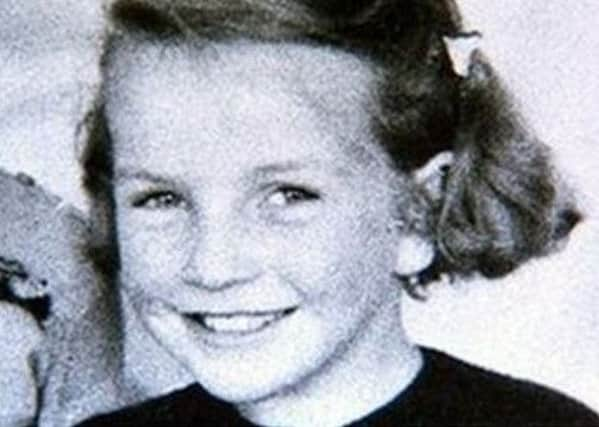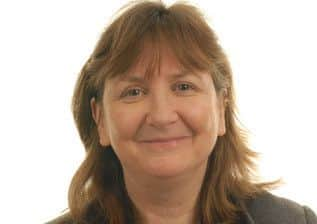Soil expert narrows down new search areas in hunt for murdered schoolgirl Moira Anderson


A soil expert called in by prosecutors to help find missing schoolgirl Moira Anderson has narrowed down key search areas where she believes the 11-year-old may have been buried almost 60 years ago.
Professor Lorna Dawson, head of soil forensics at the James Hutton Institute in Aberdeen, was appointed by Lord Advocate Frank Mulholland to help find the schoolgirl, who vanished on February 23 1957.
Advertisement
Hide AdAdvertisement
Hide AdMoira was never seen again after going to buy margarine for her granny in Coatbridge, North Lanarkshire, with the case one of Scotland’s oldest unsolved murders.


Mr Mulhullond took the unprecedented step last year of naming bus driver Alexander Gartshore, a convicted paedophile, as the person who would have been tried for her murder had he been alive today.
The Lord Advocate has instructed that the case remain open until Moira’s body is found.
Professor Dawson has now presented her report to Mr Mulholland on where she believes the fresh search for Moira must be prioritised.
She said: “Together with information that police had gathered on where people or vehicles were last seen, along with our understanding of the physical landscape, we have come up a profile where we think the priority areas might be.
“We have narrowed it down to the places we believe we have a chance of finding poor Moira.”
Prof Dawson worked with DCI Pat Campbell, who led the cold case review of the murder, to produce the new information.
Various physical characteristics of the land have been taken into account by the professor, such as vegetation and areas that would have been hidden from view at the time.
Advertisement
Hide AdAdvertisement
Hide AdProfessor Dawson said Scotland was “fortunate” to have high resolution soil mapping.
She added: “We can see areas where we have very shallow soil, areas that were easier to dig to conceal a body, for example.”
Professor Dawson said she was “hopeful” that their work would have a positive impact on the historic case.
She added: “Even to the smallest extent, with the interest there has been in me being involved in the case, there have been several important phone calls made. People have come forward with further information.”
Gartshore, who was on bail for having sex with his children’s babysitter at the time Moira disappeared, was driving a bus in Coatbridge at the time.
Witnesses claim Moira got on a bus that night with Gartshore later admitting she had been a passenger.
Gartshore died in 2006 and his own daughter has written a book claiming her father killed the girl. A friend of Gartshore also claimed that the bus driver was to blame.
A grave was exhumed in 2013 in Coatbridge in the belief that Gartshore may have put Moira in the plot, where a friend of his was to be buried. However, none of her remains were found.
Professor Dawson is to meet with the Lord Advocate to discuss her findings later this month.
It is hoped a new search area will then be approved.